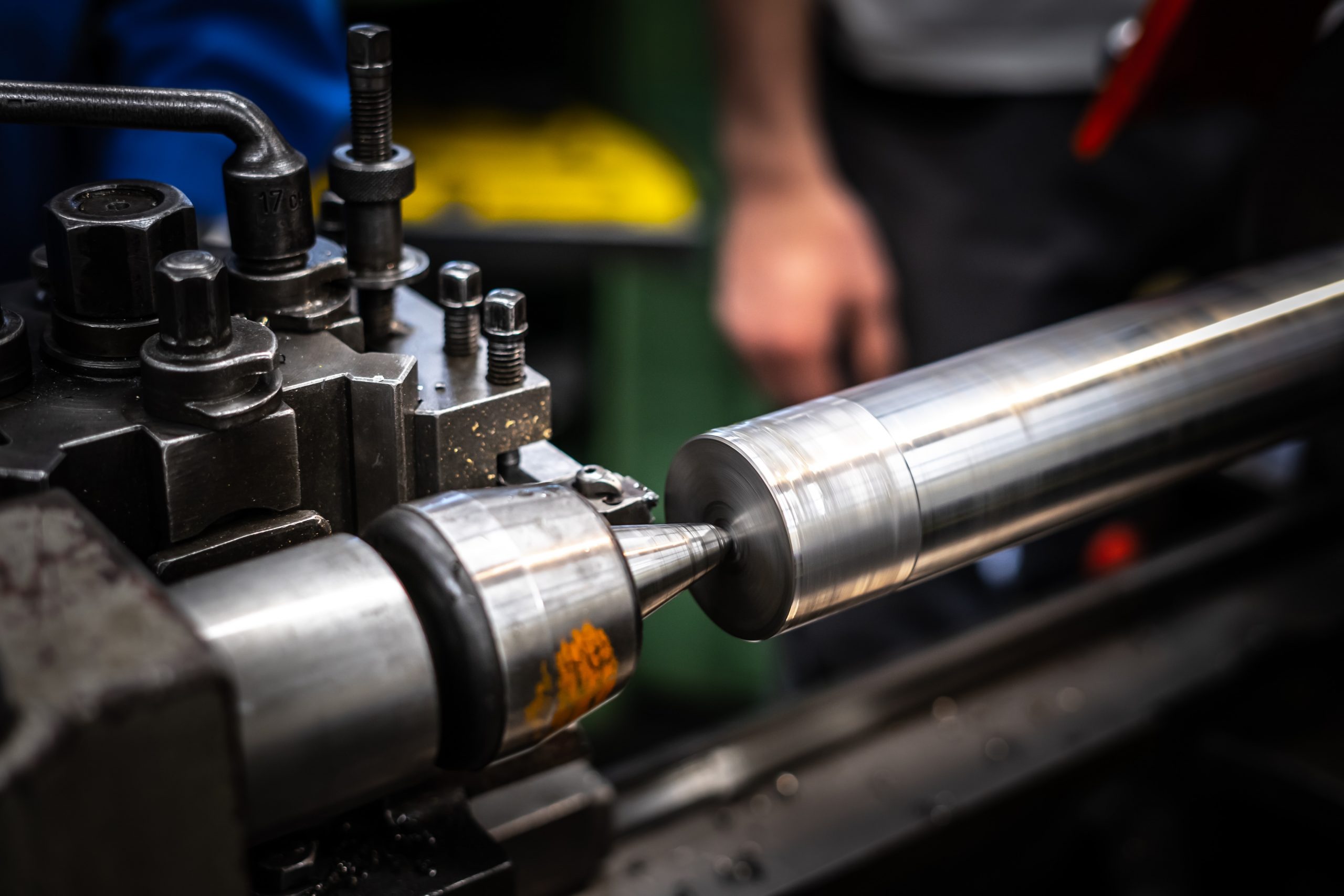
Tolerance is a word that is tossed around a lot in the welding world and it stands as the most analyzed element for evaluating manufacturing quality. Tolerances are critical to the manufacturing process as they determine how well a part will fit in the final product and how stable that product will be. A tolerance can be used in reference to mechanical fit, proper alignment of holes for assembly (“fit up”), and deviations from straightness or accuracy of assembly. Tolerance is one of the most important considerations for those deciding on which metal fabricator to choose.
Tight tolerances are not universally achievable at any given shop. The newer technologies such as cutting, machining, and welding make this an even harder process leaving more opportunity for error. Workpiece parts go through several processes in any given manufacturing cycle. Multiple people touching a part, the quality of the assembly, and the tolerance capabilities among outsourced manufacturers are key reasons why outsourcing a part or finishing the assembly with multiple vendors can lead to further tolerance issues. It is best to have as many processes as possible consolidated in one space where everyone has a general understanding of how each service interacts in the making of the parts. In-house manufacturing will always be more favorable to achieve tighter tolerances since the manufacturing process is evaluated and refined all in the same spot. In-house engineering on top of in-house manufacturing can ensure an even tighter tolerance as there will be more understanding of how each machine or person interacts with a part. Geometric dimensioning and tolerancing (GD&T) is an established method for communicating engineering tolerances. This communication enables engineering tolerances and allows engineers and anyone else working with the part to anticipate tolerance constraints before the manufacturing production starts. GD&T is still up and coming in the manufacturing world and today is only found among a few metal fabricators around the U.S. GD&T is a powerful language and tool that could greatly benefit the manufacturing side of the processes.
One of the more important aspects of tolerancing is understanding that when tolerances are so tight, they do nothing but drive up the cost of production and slow down how fast manufacturing gets their processes done. As noted above, tolerances are used to ensure the fit and utility of the part. If the proper functionality and fit can be achieved with a looser tolerance, that option should always be taken even if it’s possible to achieve tolerance that is tighter. Why? Ensuring as tight of a tolerance as possible on a part that doesn’t deem that requirement is not worth the loss of productivity and increased cost that will need to be factored into the end result. Sometimes, less really is more. It’s helpful to consult with your manufacturer on their experience with similar work since they have probably seen similar tolerances and can make the best recommendations.
Tolerances can always vary depending on the type of equipment available on the floor at a given time. For precision cutting, machines have little room for error, leaving the metal fabricator almost entirely dependent on the technology available. It’s important to note which equipment will be available to whomever is working your project. This will ensure that the quoted tolerances can be met on a consistent time basis. Sometimes having a certified weld inspector (CWI) can be helpful to ensure proper tolerances are being hit.
Some places will take precautions to the next level by having a risk management team. A risk management team will not only mitigate the risks associated with poor tolerances but will reduce the quantity of faulty parts within its production style. Having a risk management team or something similar within the facility will give the fabricators the ability to reflect their objective data on their work done and assess how to make further improvements. The tighter the tolerance, the more time risk management has to take guaranteeing quality. When considering tolerance, the fewer people and machines involved the better. Luckily, the tight quality tolerances you’re looking for can be found here at MFI because everything we produce is in-house including tolerances for the final product. Time and money will be saved by eliminating several unnecessary layers of outsourced contractors/manufacturers by manufacturing in-house. At MFI we can assure you quality workmanship will be done.

